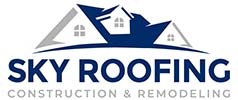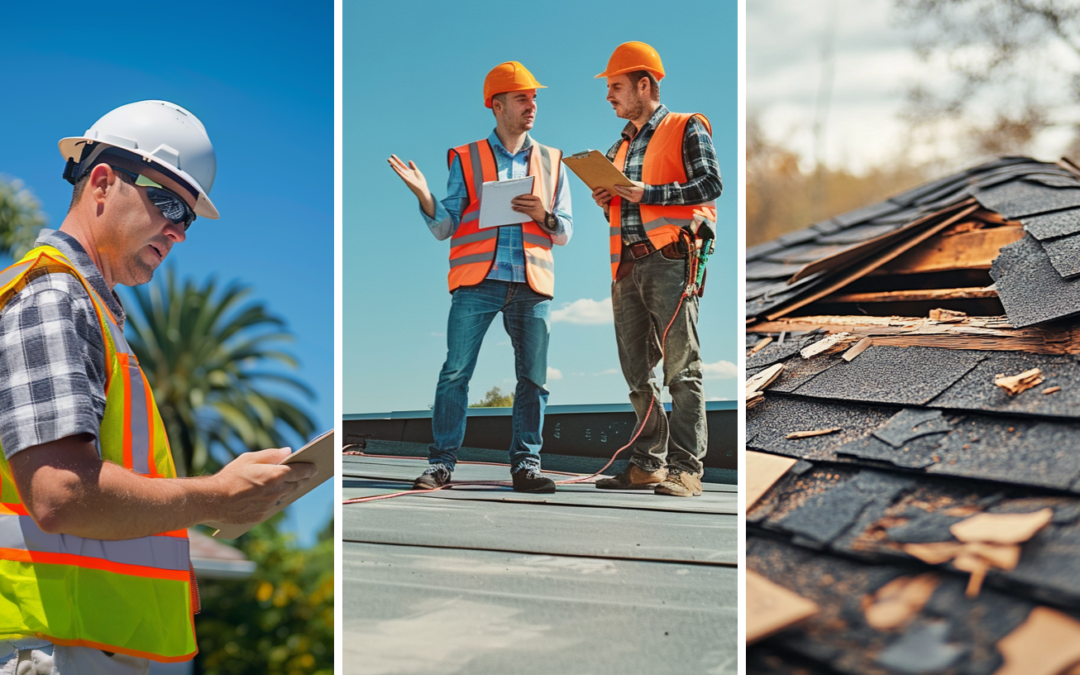Introduction to Standard Roof Inspections
A standard roof inspection typically consists of five basic steps: a thorough visual inspection to identify visible wear or damage, gutter evaluation to ensure proper drainage, flashing and seal assessment to check for leaks, interior examination to detect signs of water intrusion, and meticulous documentation of findings to guide maintenance actions.
With advancements in technology, such as drones and infrared cameras, roof inspections have become more efficient and effective, allowing professionals to access hard-to-reach areas and detect underlying issues that may not be visible to the naked eye.
By staying proactive with regular roof inspections and leveraging these technological advancements, homeowners can significantly extend the lifespan of their roofs and avoid costly repairs in the future.
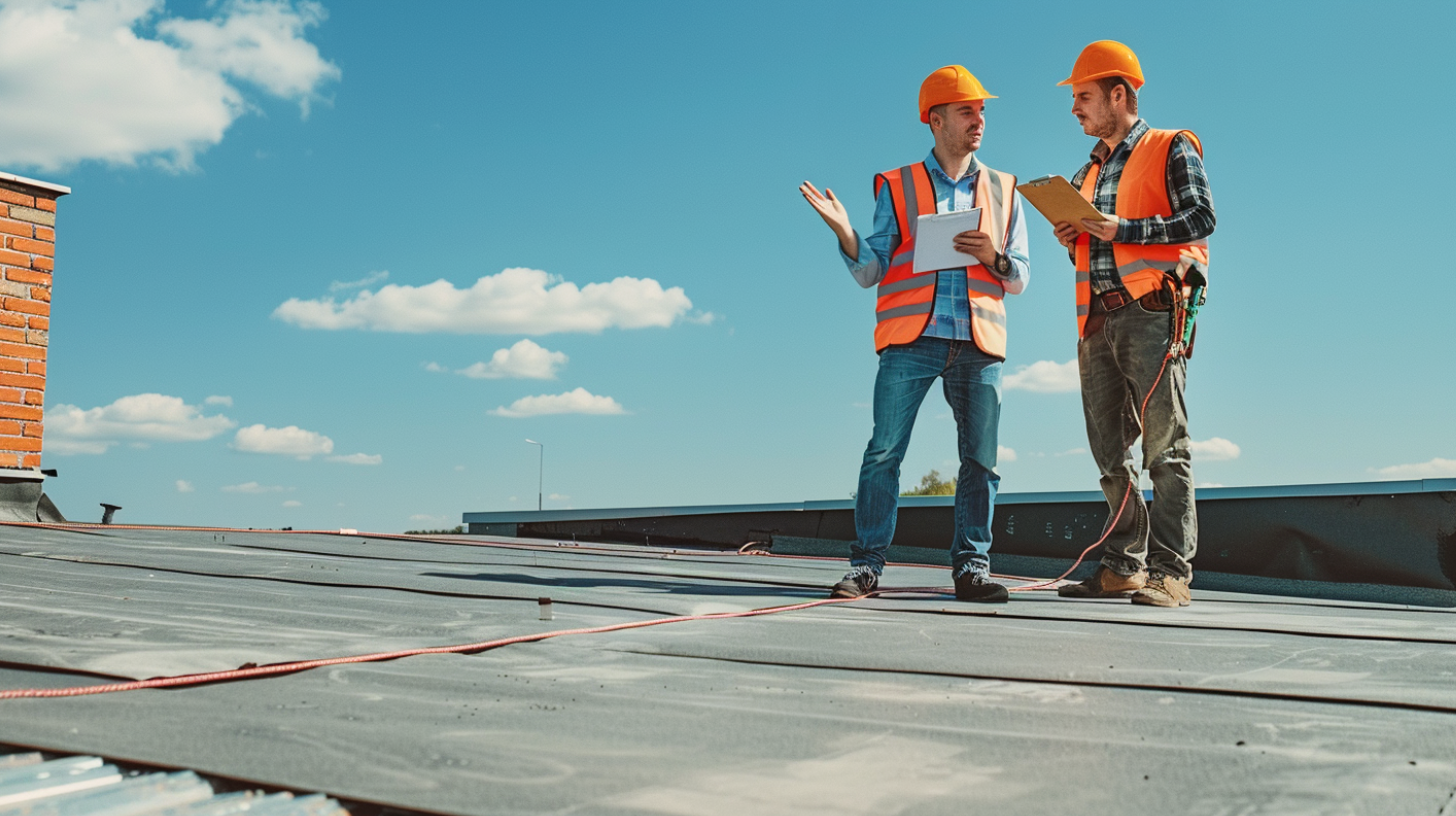
Standard Inspection - Key Components - Sky Roofing Construction & Remodeling
Key Components of a Standard Roof Inspection
This comprehensive evaluation not only identifies potential roof issues that could lead to costly repairs down the line but also provides invaluable insights into the overall health of your roofing system.
By understanding the key components of a standard roof inspection, homeowners can make informed decisions about upkeep and necessary improvements, ensuring their roofs can withstand the elements.
Exterior Roof Inspection
Key components of this inspection involve scrutinizing shingles for issues like blistering or curling, checking for loose or damaged flashing, and assessing the condition of the siding. With the increasing frequency of severe storms, it is more important than ever to conduct a thorough assessment to identify potential storm damage before it escalates into costly repairs.
Homeowners are encouraged to conduct visual inspections from the ground, which can help spot apparent problems. However, scheduling a professional evaluation is vital to address any underlying issues that may not be visible.
By being proactive with exterior roof inspections, homeowners can safeguard their investment and maintain the integrity of their roofs for years to come.
Interior Roof Inspection
By meticulously inspecting areas concealed from the outside view, homeowners can address potential problems before they escalate into costly repairs. Prioritizing an interior roof inspection not only enhances the overall safety of your living space but also plays a vital role in maintaining the structural integrity of your roof.
These proactive measures will help protect your investment and safeguard your home against further damage.
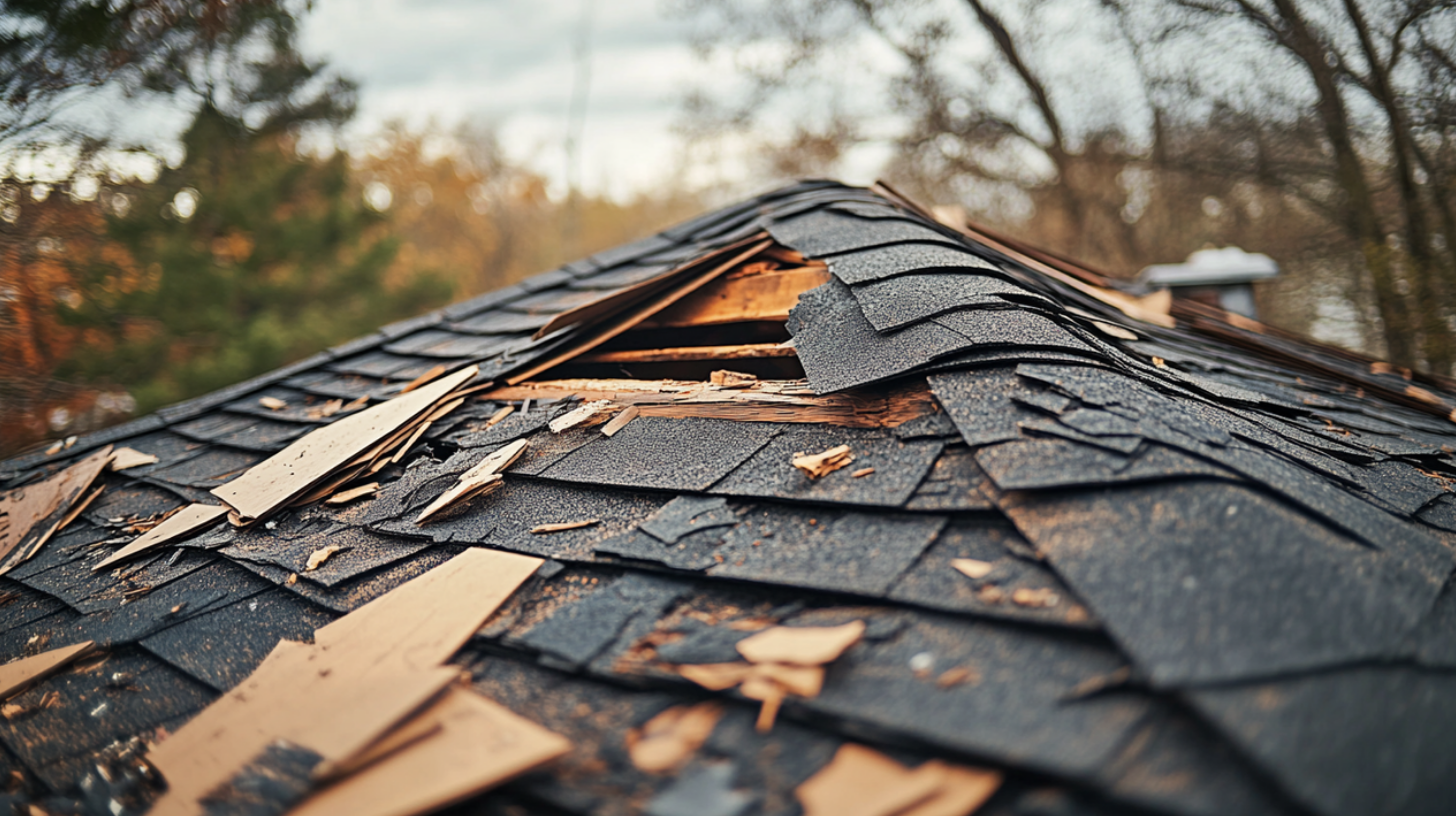
Standard Inspection - Common Issues Found - Sky Roofing Construction & Remodeling
Common Issues Found During Roof Inspections
During these inspections, technicians often discover improper flashing, which can cause water to seep into vulnerable areas, pipe boot deterioration, and algae build-up, contributing to leaks. Addressing nail pops and missing shingles is also vital, as these issues can create openings for moisture and compromise the roof’s overall stability.
Additionally, severe weather damage, such as lifted shingles or punctures, requires immediate attention to ensure long-term protection. Moreover, assessing chimney health and gutter conditions is essential; neglected gutters can lead to water overflow and damage, while a compromised chimney can affect your home’s roof and structural safety.
After the inspection, a detailed report is typically provided, outlining the findings and recommending necessary actions. By understanding these common issues through the detailed report, homeowners can take proactive steps to safeguard their properties and avoid expensive repairs in the future.
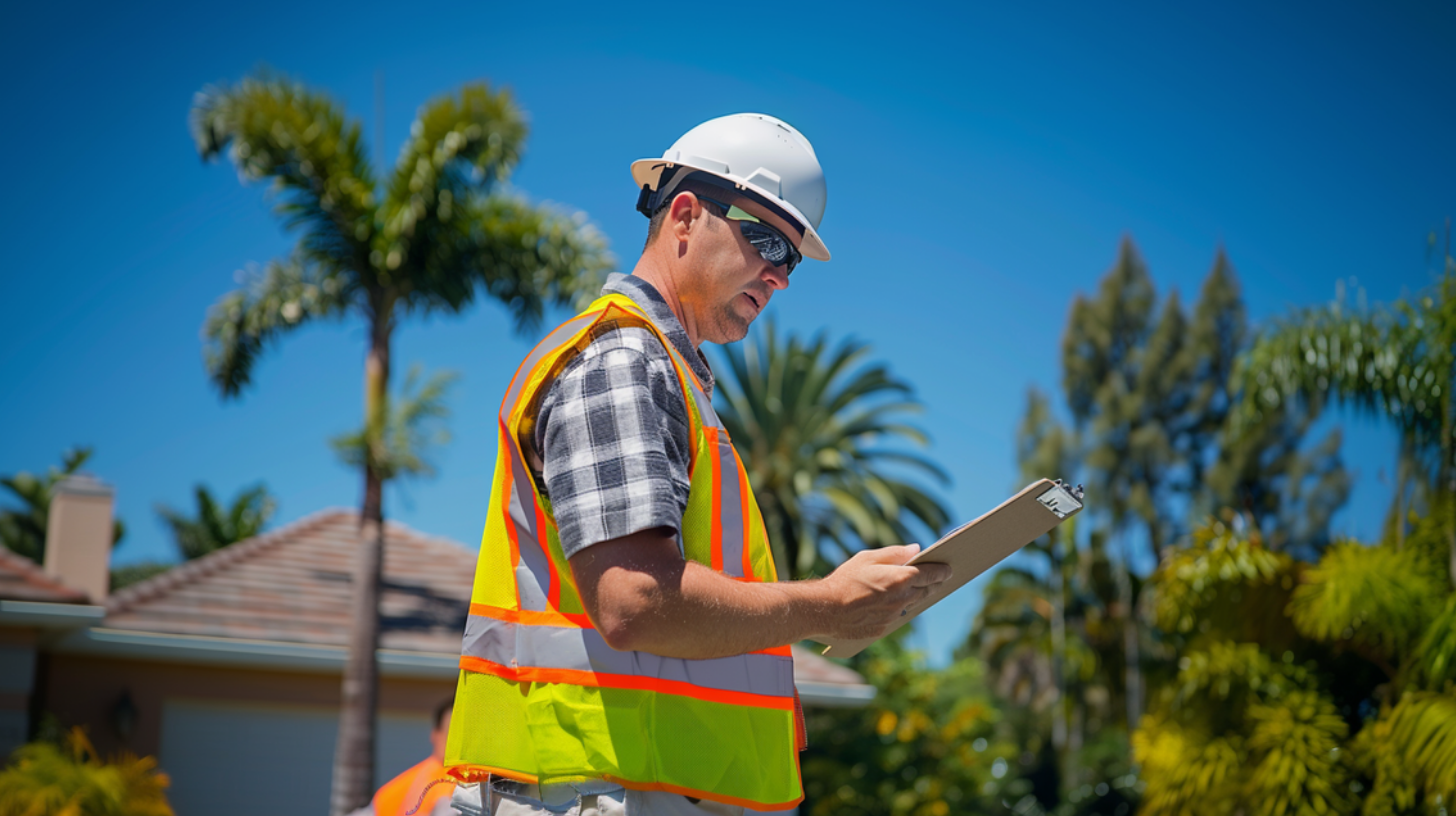
Standard Inspection - Roof Inspection Process - Sky Roofing Construction & Remodeling
The Roof Inspection Process
Regular inspections can uncover wear and tear, leaks, and other issues that may go unnoticed without proper assessment. For homeowners and building owners alike, understanding the roof inspection process is essential for preserving their investment and ensuring the safety and comfort of its occupants.
Pre-Inspection Preparation
Start by checking for visible damage, such as missing shingles or leaks. This can provide important insights into the condition of your roof before the official inspection.
Additionally, when hiring a professional contractor to conduct the roof inspection, they must review previous inspection reports to identify areas of concern or recurring issues.
Through diligent pre-inspection planning, homeowners and building owners can better prepare themselves for the inspection process, making it easier to address any potential problems and prolong the lifespan of their roofs.
Conducting the Inspection
Next, evaluate the gutters and downspouts for proper drainage, as blockages can lead to water pooling and structural issues. It’s crucial to check the flashing and seals around chimneys and vents for any signs of deterioration or leaks.
Examining the roof interior, including the attic, can reveal hidden problems like water stains or mold. Throughout this process, safety is paramount; always wear appropriate safety equipment and use ladders or scaffolding as needed to ensure a secure inspection.
Documenting your findings during each step will provide valuable information for future maintenance and repairs, helping you safeguard your investment and prolong the lifespan of your roof.
Post-Inspection Reporting
The report also includes valuable repair recommendations, guiding the homeowner or building owner on the necessary next steps, such as scheduling repairs or contacting their insurance provider. By understanding the components outlined in the post-inspection report, clients can make informed decisions about the upkeep of their roofing system and ensure its longevity.
Benefits of Professional Roof Inspections
By employing trained professionals, homeowners benefit from early issue detection, allowing for timely repairs that can significantly prolong roof lifespan. Unlike DIY methods, which often overlook subtle signs of wear, expert inspections provide a comprehensive evaluation that effectively prevents water damage and other costly consequences.
Professional inspectors possess the knowledge and experience to identify potential problems and prioritize safety during the process, minimizing risks that can arise from climbing onto roofs. This expertise ensures that homeowners receive a thorough assessment, delivering peace of mind about their roof’s condition and providing confidence in the stability of their home or building.
Investing in a professional roof inspection ultimately safeguards your property, protecting your investment and your family from neglect.
Don’t Wait—Schedule Your Standard Roof Inspection Today
Maintaining the integrity of your roof begins with a standard inspection conducted by a qualified professional. This essential process helps identify potential issues and ensures your roof remains in optimal condition for years. Don’t wait until problems escalate—contact Sky Roofing Construction & Remodeling (https://www.skyroofingconstructiontx.com) today to schedule a roofing consultation. Call (210) 942-9797 and take the first step toward protecting your home.
Willis Vachon is a seasoned contributing writer for Sky Roofing Construction & Remodeling, specializing in the technical and safety aspects of roofing construction. With a keen eye for detail and a passion for ensuring quality and safety in every project, Willis provides valuable insights that help both professionals and homeowners make informed decisions about their roofing needs.
